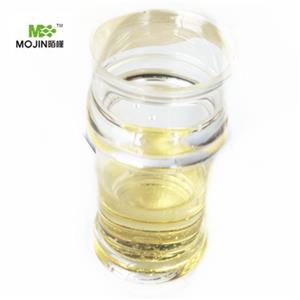
Docosahexaenoic Acid NEW
| Price | Get Latest Price |
| Package | 25KG |
| Min. Order: | 1KG |
| Supply Ability: | 50000KG/month |
| Update Time: | 2023-08-26 |
Product Details
| Product Name: Docosahexaenoic Acid | CAS No.: 6217-54-5 |
| EC-No.: 612-950-9 | Min. Order: 1KG |
| Purity: 99% | Supply Ability: 50000KG/month |
| Release date: 2023/08/26 |
| CAS: | 6217-54-5 |
| MF: | C22H32O2 |
| MW: | 328.49 |
| EINECS: | 612-950-9 |
| Product Categories: | Biological and chemical;Fatty Acid Derivatives & Lipids;Biochemistry;Higher Fatty Acids & Higher Alcohols;Unsaturated Higher Fatty Acids;Glycerols;6217-54-5 |
| Mol File: | 6217-54-5.mol |
 | |
| Docosahexaenoic Acid Chemical Properties |
| Melting point | -44°C |
| Boiling point | 446.7±24.0 °C(Predicted) |
| density | 0.943±0.06 g/cm3(Predicted) |
| refractive index | 1.5030-1.5060 |
| Fp | 62°C |
| storage temp. | -20°C |
| solubility | Chloroform (Slightly), Ethyl Acetate (Slightly), Methanol (Slightly, Heated, Sonicated) |
| pka | 4.58±0.10(Predicted) |
| form | Oil |
| color | Clear colorless to light yellow |
| Merck | 14,3398 |
| BRN | 1715505 |
| Stability: | Light and Air Sensitive |
| InChIKey | MBMBGCFOFBJSGT-UAYLQDFESA-N |
| LogP | 6.778 (est) |
| CAS DataBase Reference | 6217-54-5(CAS DataBase Reference) |
| NIST Chemistry Reference | Doconexent(6217-54-5) |
| EPA Substance Registry System | Docohexanenoic Acid (6217-54-5) |
| Docosahexaenoic Acid Usage And Synthesis |
| Description | Docosa Hexaenoic acid (DHA) is an omega-3 fatty acid that is a primary structural component of the human brain, cerebral cortex, skin, sperm, testicles and retina. It can be synthesized from alphalinolenic acid or obtained directly from maternal milk or fish oil. DHA's structure is a carboxylic acid(~oic acid) with a 22-carbon chain (docosa- is Greek for 22) and six (Greek "hexa") cis double bonds (-en~); the first double bond is located at the third carbon from the omega end. Its trivial name is cervonic acid, its systematic name is all-cis-docosa-4,7,10,13,16,19-hexa-enoic acid, and its shorthand name is 22:6(n-3) in the nomenclature of fatty acids.
|
| Application | DHA is used as a supplement for premature babies and as an ingredient in baby formula during the first year of life to promote better mental development. It is also used in infant formula to prevent lung diseases, allergic diseases such as eczema or hay fever, and diarrhea. This practice probably started because DHA is found naturally in breast milk. In some cases, DHA is used in combination with arachidonic acid. DHA is also taken by mouth alone or along with EPA to improve mental function in healthy people or those with mental impairment. It is also used to improve mental function in people with dementia or age-related mental decline. It is also taken by mouth for attention deficit-hyperactivity disorder (ADHD), depression, aggressive behavior, Alzheimer's disease, autism, and to prevent relapse in schizophrenic patients who stop taking antipsychotic medication. DHA is also taken by mouth for diabetes, coronary artery disease (CAD), stroke, high levels of cholesterol and fats in the blood, high blood pressure, and cancer including breast and prostate cancer. It is also used for a type of fatty liver not related to drinking alcohol, obesity, ear infections, and learning problems in children. Some people use DHA is for improving vision, preventing an eye disease called age-related macular degeneration (AMD), treating an eye condition called retinitis pigmentosa, and increasing DHA levels in people with cystic fibrosis. DHA is taken by mouth in combination with eicosapentaenoic acid (EPA) for a variety of conditions, including the prevention and reversal of heart disease, stabilizing heart rhythm, preventing abnormal heart beats after heart surgery, painful menstrual periods, lupus, and certain kidney diseases. EPA and DHA are also used in combination for preventing migraine headaches in teenagers, Behcet's syndrome, psoriasis, Raynaud's syndrome, rheumatoid arthritis, bipolar disorder, and ulcerative colitis. |
| Biosynthesis of DHA | ALA is an essential fatty acid. It is synthesised in plants and in many lower organisms and is found in the human diet mainly as a component of green leaves, some nuts, seeds and vegetable oils, and foods made from or containing those ingredients. There is a metabolic pathway that links ALA to DHA. This pathway involves a series of enzyme-catalysed elongation and desaturation reactions. Elongation enzymes, called elongases, add pairs of carbon atoms to the growing acyl chain, in this case converting an 18-carbon fatty acid into a 22-carbon one, while desaturase enzymes insert double bonds into the acyl chain, in this case converting a fatty acid with 3 double bonds in its acyl chain into one with 6 double bonds. These reactions occur predominantly within the endoplasmic reticulum. The pathway is believed to mainly occur within the liver, but there is some evidence that other tissues, including brain and testis, have high expression of the genes encoding the relevant enzymes. |
| Description | Docosahexaenoic acid (DHA) is a long-chain ω-3 polyunsaturated fatty acid (PUFA) found in fish and algal oils. It comprises approximately 40% of total brain PUFAs and is abundant in grey matter and retinal membranes. DHA typically represents 0.52-7.5% of human total plasma fatty acids. It is produced from α-linolenic acid (ALA; Item Nos. 90210 | 21910) via a series of desaturase- and elongase-catalyzed reactions, resulting in a docosapentaenoic acid (DPA; ) intermediate, which is elongated, desaturated, and β-oxidized to produce DHA. DHA can be liberated from cellular membranes by phospholipase A2 (PLA2) and converted to numerous oxylipins, including specialized pro-resolving mediators (SPMs), which are produced by lipoxygenases and include D-series protectins and resolvins, as well as maresins, that regulate host defense and the resolution of inflammation. DHA has roles in several physiological and pathological processes, including neural development, cardiovascular diseases, obesity, and inflammation. DHA MaxSpec® standard is a quantitative grade standard of DHA that has been prepared specifically for mass spectrometry and related applications where quantitative reproducibility is required. The solution has been prepared gravimetrically and is supplied in a deactivated glass ampule sealed under argon. The concentration was verified by comparison to an independently prepared calibration standard. The verified concentration is provided on the certificate of analysis. This DHA MaxSpec® standard is guaranteed to meet identity, purity, stability, and concentration specifications and is provided with a batch-specific certificate of analysis. Ongoing stability testing is performed to ensure the concentration remains accurate throughout the shelf life of the product. Note: The amount of solution added to the vial is in excess of the listed amount. Therefore, it is necessary to accurately measure volumes for preparation of calibration standards. Follow recommended storage and handling conditions to maintain product quality. |
| Chemical Properties | Clear Colourless Liquid |
| Occurrence | Ordinary types of cooked salmon contain 500 – 1500 mg DHA and 300–1000 mg EPA per 100 grams.(USDA) Additional top fish sources of DHA are: tuna, bluefish, mackerel, swordfish, anchovies, herring, sardines, and caviar. The discovery of algae - based DHA In the early 1980s, NASA sponsored scientific research in search of a plant-based food source that could generate oxygen and nutrition on long-duration space flights. The researchers discovered that certain species of marine algae produced rich nutrients. This research led to the development of an algae-based, vegetable-like oil that contains two essential polyunsaturated fatty acids: DHA and ARA (Arachidonic acid). Use as a food additive DHA is widely used as a food supplement. It was first used primarily in infant formulas. In 2004, the US Food and Drug Administration endorsed qualified health claims for DHA , and by 2007 DHA - fortified dairy items (milk, yogurt, cooking oil) started to appear in grocery stores. DHA is believed to be helpful to people with a history of heart disease, for premature infants, and to support healthy brain development especially in young children along with supporting retinal development. Some manufactured DHA is a vegetarian product extracted from algae, and it competes on the market with fish oil that contains DHA and other omega-3's such as EPA. Both fish oil and DHA are odorless and tasteless after processing as a food additive. Studies of vegetarians and vegans Vegetarian diets typically contain limited amounts of DHA, and vegan diets typically contain no DHA. Vegetarians and vegans have substantially lower levels of DHA in their bodies, and short-term supplemental ALA has been shown to increase EPA, but not DHA. However, supplemental preformed DHA, available in algae-derived oils or capsules, has been shown to increase DHA levels. While there is little evidence of adverse health or cognitive effects due to DHA deficiency in adult vegetarians or vegans, fetal and breast milk levels remain a concern. DHA and EPA in fish oils Fish oil is widely sold in gelatin capsules containing a mixture of omega-3 fatty acids including EPA and smaller quantities of DHA. One study found fish oil higher in DHA than EPA lowered inflammatory cytokines, such as IL-6 and IL-1β, associated with neurodegenerative and autoimmune diseases. They note the brain normally contains DHA, but not EPA, though both DHA and EPA plasma concentrations increased significantly for participants. |
| Uses | Docosahexaenoic acid is found in fish oils in nature. It is also commercially manufactured from microalgae; Crypthecodinium cohnii and Schizochytrium. |
| Uses | Nutritional supplement. |
| Uses | Omega-3 fatty acid found in marine fish oils and in many phospholipids. Major structural component of excitable membranes of the retina and brain; synthesized in the liver from a-linolenic acid. Nutritional supplement. |
| Definition | ChEBI: A docosahexaenoic acid having six cis-double bonds at positions 4, 7, 10, 13, 16 and 19. |
| General Description | An omega-3 fatty acid essential for normal brain growth and function, docosahexaenoic acid (DHA) plays an important role as a signaling factor in cells for both anti- and pro-inflammatory processes. Levels of docosahexaenoic acid as well as other fatty acids are analyzed by GC/MS or LC-MS/MS methods to monitor patients undergoing diet therapy for mitochondrial or peroxisomal disorders. This Certified Spiking Solution? is suitable for use as starting material in the preparation of linearity standards, calibrators, or controls in mass spectrometry-based DHA testing applications such as assessment of cardiovascular disease risk and fatty acid deficiency, and detection and quantification of DHA in nutraceuticals and dietary supplements. |
| Biological Activity | Endogenous omega-3 fatty acid. Acts as a selective retinoid X receptor (RXR) agonist that displays no activity at RAR, thyroid hormone receptor or the vitamin D receptor (VDR). Activates all three RXR isoforms. Also shown to inhibit A β 1-42 fibrillation and toxicity in vitro . |
| Biochem/physiol Actions | Docosahexaenoic acid, DHA, is an omega-3 polyunsaturated fatty acid with 22 carbons and six double bonds, the first double bond occuring at position three from the methyl terminus (22:6 n-3). DHA is a component of lipid membranes and the myelin sheath. DHA also serves as a precursor for signaling molecules such as prostaglandins and eicosanoids. |
Product picture

Packing &shipping&Payment
Shipping:by sea or by air
Payment:T/T,western union,moneygram
Packaging Details drum
Port:Tianjin
Lead Time :
| Quantity(Kilograms) | 1 - 10000 | >10000 |
| Est. Time(days) | 5 | To be negotiated |
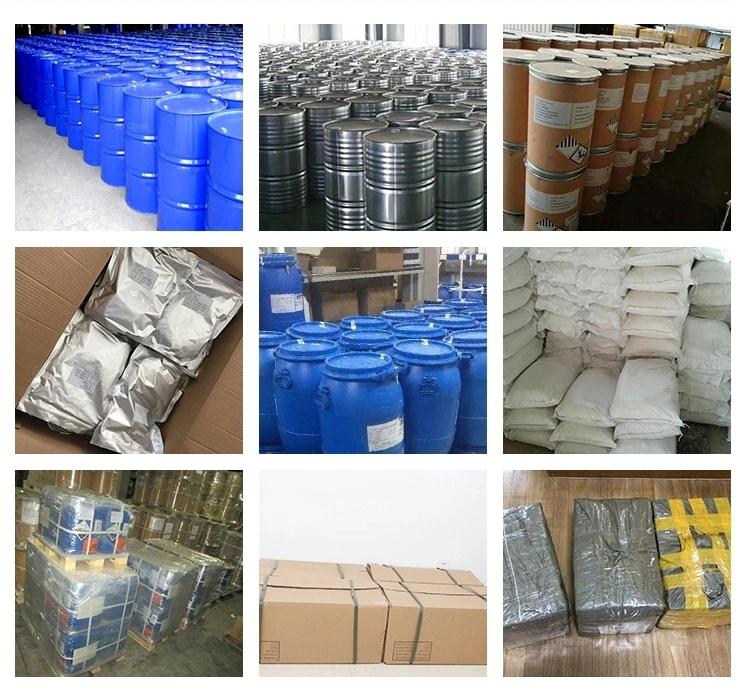
 Company information
Company information
Hebei Mojin Biotechnology Co., Ltd, Our company is a professional in 4'-Methylacetophenone,Levamisole hydrochloride ,N-Methylformamide and other chemical reagents research and development production enterprises. Our business covers more than 30 countries, most of the big customers come from Europe, America and other countries in the world, we can guarantee the quality and price. In recent decades, with the efforts of all employees, we have established many cooperative companies in shandong, henan, guangdong and other places. Our corporate purpose is based on the market, enhance the strength, take the road of scientific and environmental sustainable development, relying on the country. Technology r & d center, increase the investment in r & d, based on the domestic market, expand the international market, manufacturing quality products, sincere service to the society, into a modern, ecological, scientific and technological enterprise world.
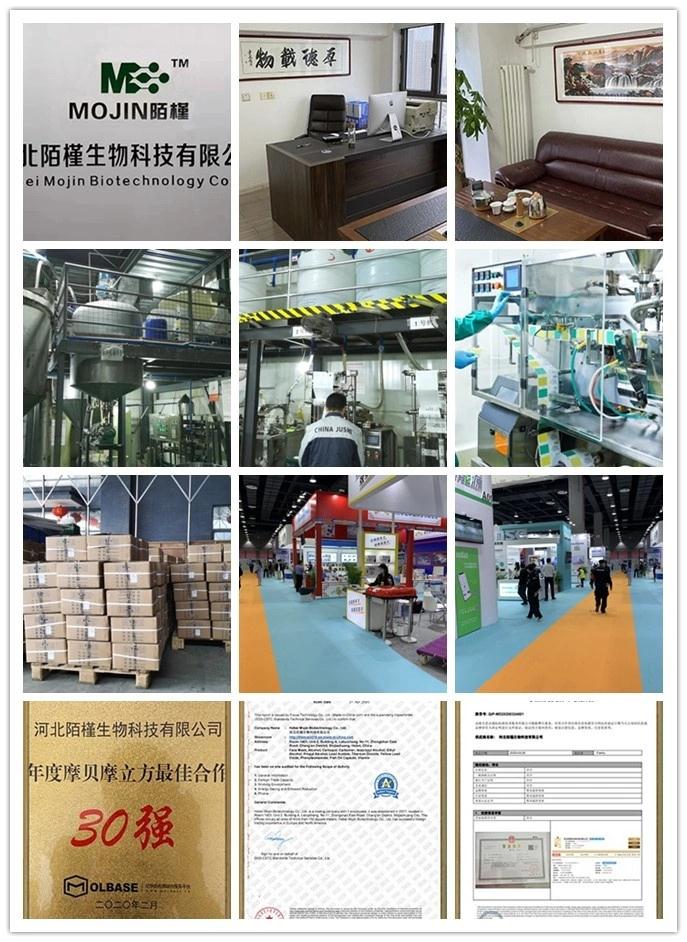 Advantage
Advantage
In stock
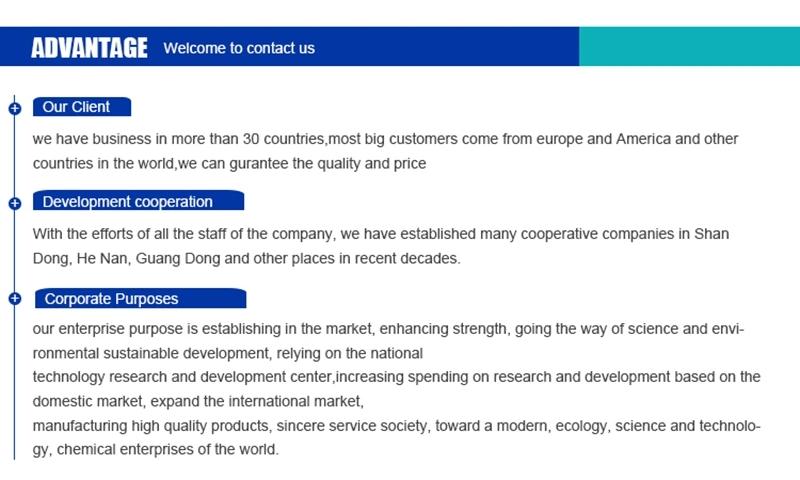
Company Profile Introduction
You may like
Recommended supplier
| Product name | Price | Suppliers | Update time | |
|---|---|---|---|---|
| $50.00/1kg |
VIP1Y
|
Hebei Zhuanglai Chemical Trading Co.,Ltd
|
2024-04-30 | |
| $0.00/1Kg |
VIP1Y
|
airuikechemical co., ltd.
|
2024-04-10 | |
| $0.00/1kg |
VIP1Y
|
BINBO BIOLOGICAL CO.,LTD
|
2024-03-27 | |
| $90.00/1KG |
VIP4Y
|
Hebei Lingding Biotechnology Co., Ltd.
|
2023-11-27 | |
| $10.00/1kg |
VIP1Y
|
Nantong Guangyuan Chemicl Co,Ltd
|
2023-11-17 | |
| $0.00/1kg |
VIP1Y
|
Hebei Kingfiner Technology Development Co.Ltd
|
2023-08-01 | |
| $100.00/1bag |
Hebei Fengqiang Trading Co., LTD
|
2023-07-11 | ||
| $100.00/1kg |
VIP2Y
|
Hebei Duling International Trade Co. LTD
|
2022-09-01 | |
| $19.00/1KG |
VIP3Y
|
Hebei Guanlang Biotechnology Co,.LTD
|
2022-01-12 | |
| $0.10/1KG |
Qiuxian Baitai New Material Co., LTD
|
2021-11-10 |
- Since: 2017-12-08
- Address: Building A, Enjoy city, Zhongshan East Road, Shijiazhuang city, Hebei province
13288715578
sales@hbmojin.com



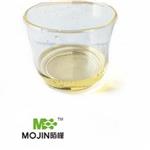
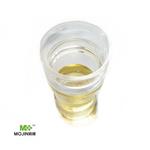
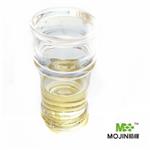
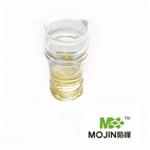
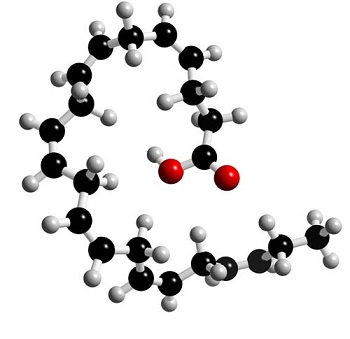
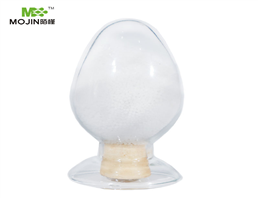
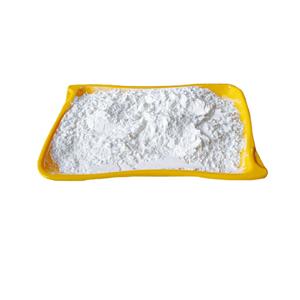
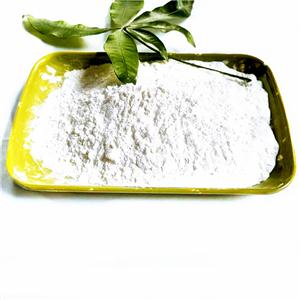

 China
China